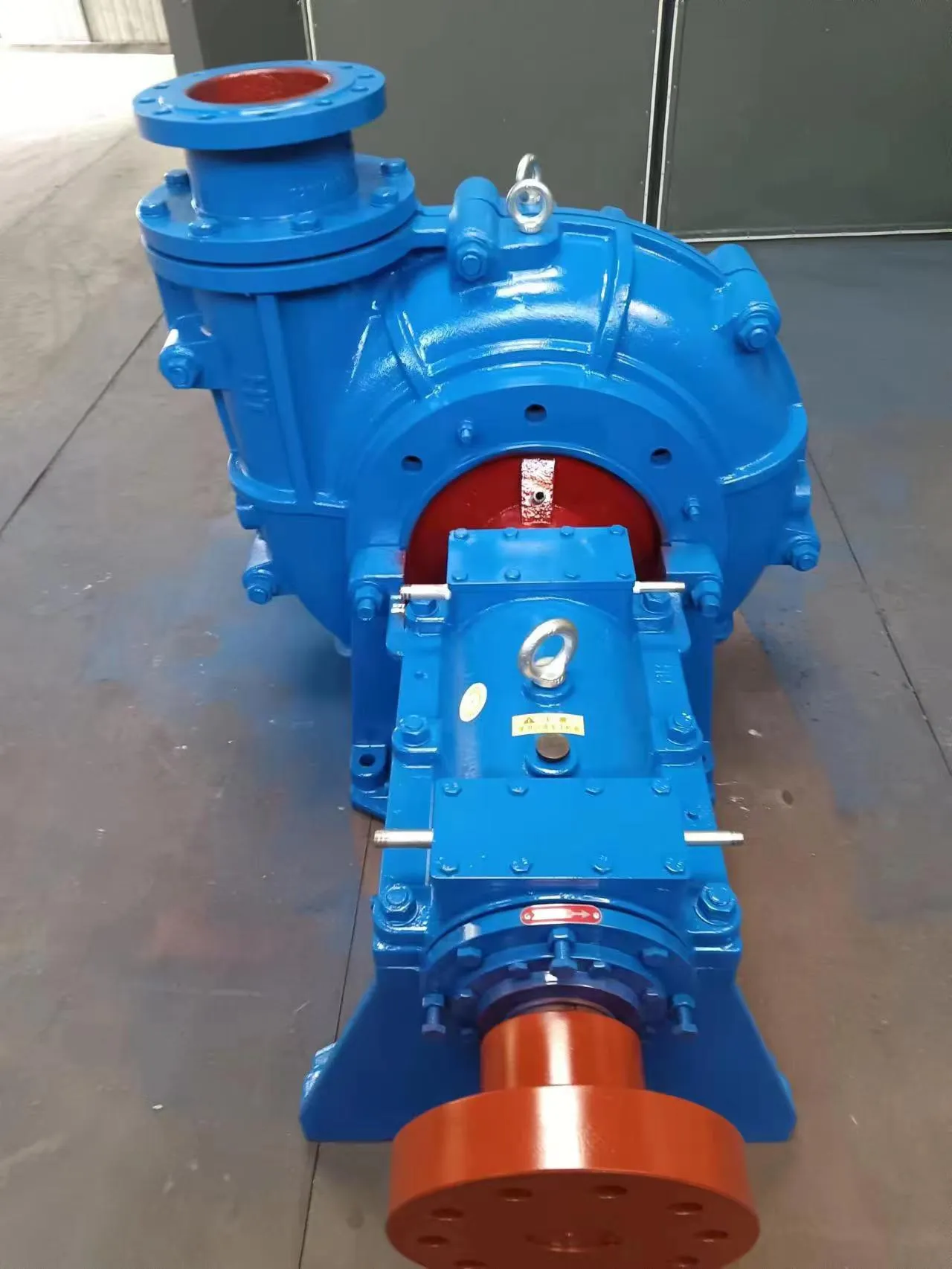Yoruba
- Afrikaans
- Albanian
- Amharic
- Arabic
- Armenian
- Azerbaijani
- Basque
- Belarusian
- Bengali
- Bosnian
- Bulgarian
- Catalan
- Cebuano
- Corsican
- Croatian
- Czech
- Danish
- Dutch
- English
- Esperanto
- Estonian
- Finnish
- French
- Frisian
- Galician
- Georgian
- German
- Greek
- Gujarati
- Haitian Creole
- hausa
- hawaiian
- Hebrew
- Hindi
- Miao
- Hungarian
- Icelandic
- igbo
- Indonesian
- irish
- Italian
- Japanese
- Javanese
- Kannada
- kazakh
- Khmer
- Rwandese
- Korean
- Kurdish
- Kyrgyz
- Lao
- Latin
- Latvian
- Lithuanian
- Luxembourgish
- Macedonian
- Malgashi
- Malay
- Malayalam
- Maltese
- Maori
- Marathi
- Mongolian
- Myanmar
- Nepali
- Norwegian
- Norwegian
- Occitan
- Pashto
- Persian
- Polish
- Portuguese
- Punjabi
- Romanian
- Russian
- Samoan
- Scottish Gaelic
- Serbian
- Sesotho
- Shona
- Sindhi
- Sinhala
- Slovak
- Slovenian
- Somali
- Spanish
- Sundanese
- Swahili
- Swedish
- Tagalog
- Tajik
- Tamil
- Tatar
- Telugu
- Thai
- Turkish
- Turkmen
- Ukrainian
- Urdu
- Uighur
- Uzbek
- Vietnamese
- Welsh
- Bantu
- Yiddish
- Yoruba
- Zulu
Telephone: +86 13120555503
Email: frank@cypump.com
Dec . 04, 2024 18:18 Back to list
slurry pump sizing
Understanding Slurry Pump Sizing A Comprehensive Guide
Slurry pumps are essential components in various industrial processes, particularly in sectors such as mining, construction, and wastewater management. These pumps are designed to handle abrasive mixtures of solid particles and liquids, commonly referred to as slurries. Proper sizing of slurry pumps is crucial to ensure efficient operation and longevity of the equipment. This article explores the factors influencing slurry pump sizing and provides a systematic approach to selecting the right pump for your needs.
Key Factors to Consider in Slurry Pump Sizing
1. Slurry Characteristics Before sizing a slurry pump, it is vital to analyze the physical and chemical properties of the slurry. Important characteristics include particle size distribution, density, viscosity, and the percentage of solids by weight. Fine particles can lead to higher wear rates, while high-density slurries may require more robust pumping solutions.
2. Flow Rate The required flow rate is a fundamental parameter for sizing a slurry pump. It is usually expressed in liters per second (L/s) or cubic meters per hour (m³/h). The required flow rate should be determined by understanding the process requirements, including production rates, operational cycles, and any anticipated fluctuations in demand.
3. Total Dynamic Head (TDH) The TDH is the total height that the slurry needs to be pumped, accounting for both vertical lift and friction losses within the pipeline. Vertical lift refers to the height difference between the pump and the discharge point, while friction losses arise from the flow resistance encountered in the piping and fittings. Accurate calculation of TDH is necessary to select a pump that can operate effectively under specific conditions.
4. Pump Type There are various types of slurry pumps, including centrifugal and positive displacement pumps. Centrifugal pumps are commonly used for transporting medium to low viscosity slurries, while positive displacement pumps are preferable for high-viscosity slurries or applications requiring precise flow control. The application and characteristics of the slurry will dictate the type of pump needed.
5. Material Selection The construction material of the pump is another critical consideration, as slurry pumps often handle abrasive materials that can cause wear. Common materials include cast iron, stainless steel, and various elastomers, depending on the slurry's corrosive nature and the level of erosion expected during operation. Selecting the appropriate material helps prolong the pump's service life and maintain its efficiency.
slurry pump sizing

Steps for Sizing a Slurry Pump
1. Gather Slurry Data Collect data on the slurry's density, viscosity, solids content, and particle size distribution. This information is crucial for understanding how the slurry will behave during pumping.
2. Determine Flow Requirements Identify the flow rate needed for the specific application and any potential variations that might occur during operation.
3. Calculate TDH Use the required vertical height and the friction loss calculations to determine the total dynamic head necessary for effective pumping.
4. Choose the Pump Type Based on the slurry characteristics and pumping requirements, select the most suitable type of slurry pump.
5. Select Materials Finally, choose the construction materials based on the slurry's properties and the operating environment to ensure durability and performance.
Conclusion
Proper sizing of slurry pumps is crucial for maximizing efficiency, minimizing downtime, and extending the equipment's lifespan. By carefully considering the characteristics of the slurry, required flow rates, total dynamic head, type of pump, and material selection, you can make informed decisions that lead to optimal pumping performance. Investing time and resources in proper slurry pump sizing will pay off through enhanced operational reliability and cost savings in the long run.
-
Heavy-Duty Mining Sludge Pumps - Wear-Resistant Slurry Handling
NewsAug.02,2025
-
Horizontal Split Case Pump with GPT-4 Turbo | High Efficiency
NewsAug.01,2025
-
ISG Series Pipeline Pump - Chi Yuan Pumps | High Efficiency, Durable Design
NewsAug.01,2025
-
Advanced Flue Gas Desulfurization Pump with GPT-4 Turbo | Durable & Efficient
NewsJul.31,2025
-
ISG Series Vertical Pipeline Pump - Chi Yuan Pumps | Advanced Hydraulic Design&Durable Construction
NewsJul.31,2025
-
ISG Series Vertical Pipeline Pump - Chi Yuan Pumps | Energy Efficient & Low Noise
NewsJul.31,2025










